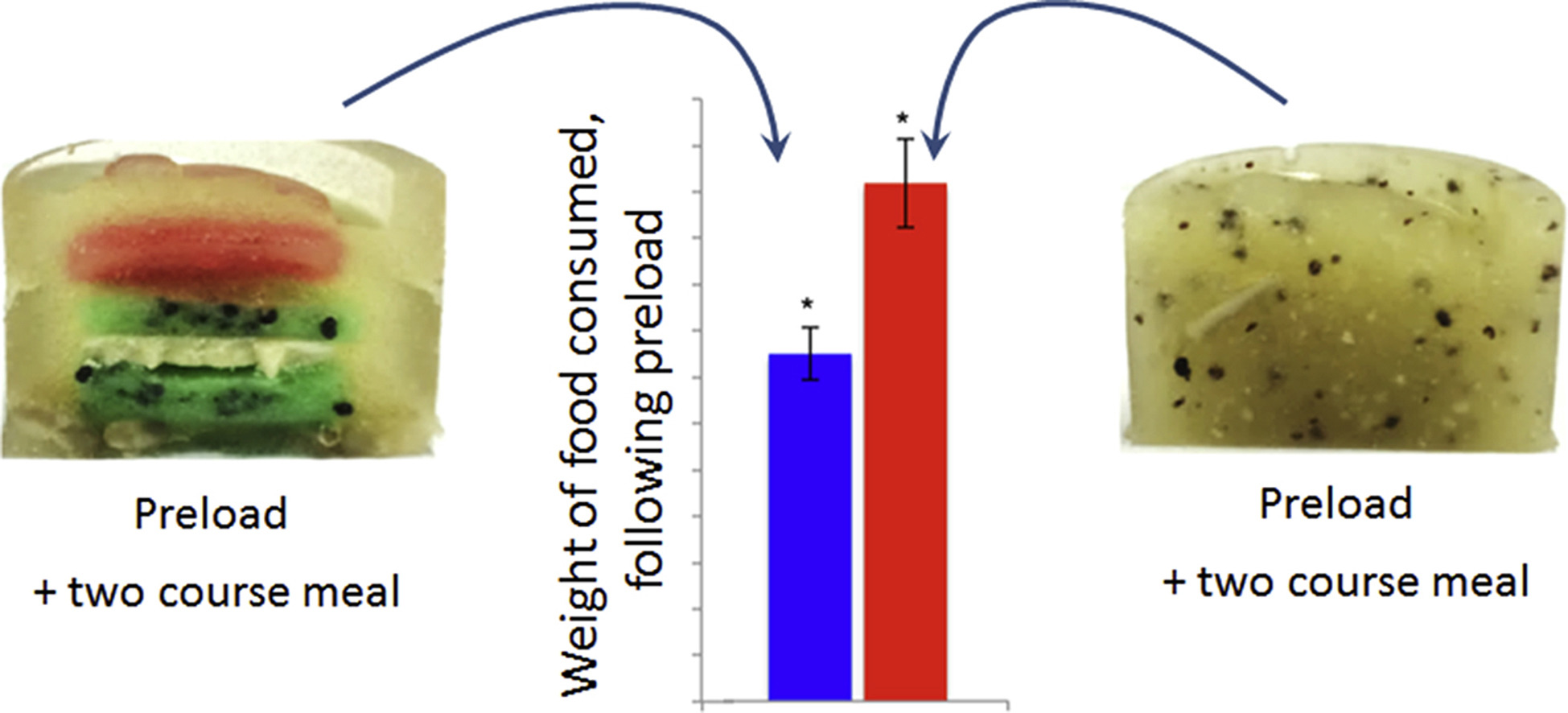Gastropod looks at food through the lens of science and history.
Co-hosts Cynthia Graber and Nicola Twilley serve up a brand new episode every two weeks.
Co-hosts Cynthia Graber and Nicola Twilley serve up a brand new episode every two weeks.
Kendra Pierre-Louis is a climate reporter currently at Bloomberg. She's the author of several articles on the science of texture, including the fascinating Popular Science article "Mayonnaise is disgusting, and science agrees" that prompted an uproar from Big Mayo.
A physicist and professor of gastrophysics at the University of Copenhagen, Ole Mouritsen is the co-author of the book Mouthfeel: How Texture Makes Taste.
Left, George Van Aken's experimental texture recorder; right, Van Aken's recordings showing just how much the fat in cream dampens friction and vibration on the tongue, producing a much softer recording. (Images courtesy of George Van Aken's paper, “Acoustic emission measurement of rubbing and tapping contacts of skin and tongue surfaces in relation to tactile perception.”)
George Van Aken is a Netherlands-based chemist in the food science industry who specializes in food texture.
Bryony James is the deputy vice-chancellor research of the University of Waikato in New Zealand. Prior to this position she was deputy dean in the Faculty of Engineering at the University of Auckland, where she researched materials science and food engineering.

In her research, Bryony James discovered that subjects who consumed pre-dinner jellies with more textural complexity (left) ate less from an unlimited buffet than those who ate jellies with more uniform texture (right). (Image courtesy of James' co-authored paper, "Increased textural complexity in food enhances satiation.")
Cathy Erway is a James Beard award-winning freelance food writer and the author of The Food of Taiwan: Recipes from the Beautiful Island.
This episode of Gastropod was supported by a generous grant from the Alfred P. Sloan Foundation for the Public Understanding of Science, Technology, and Economics. Check out the other books, movies, shows, podcasts, and more that they support here.
This episode of Gastropod was supported by the Burroughs Wellcome Fund for our coverage of biomedical research. Their support also enables us to share the special supporters-only newsletter that accompanies this episode with a wider audience.
Thanks to listeners Katheryn Kastner, Vera Hoskins, Kristi Hayhow, Benedict Claxton Stevens, Matthew McMasters, Vic Mancini, Emily Finch, Amanda Goble, Hollis Mickey, Sarah Culpepper, Carrie Smucker, Jennifer Yeung, Linda Nickell, Samantha Tse, Kendra Gahagan, Olivia Schneider, and Maddi Foust for speaking with us, and thanks to all of you who shared your texture stories and feelings with Gastropod.
Click here for a transcript of the show. Please note that the transcript is provided as a courtesy and may contain errors.